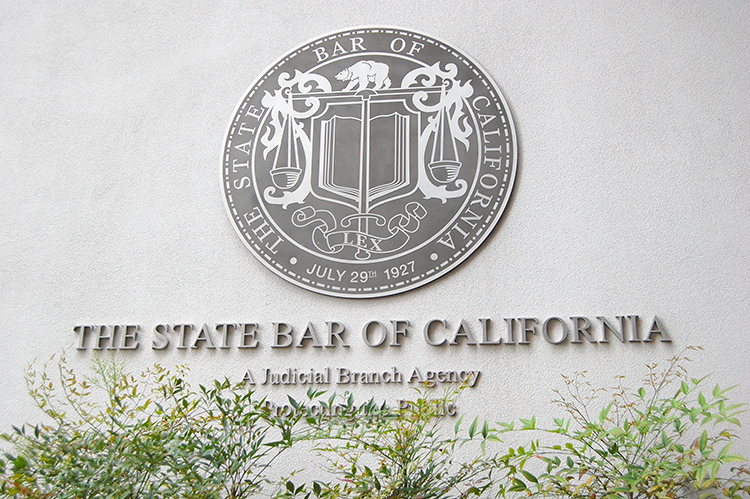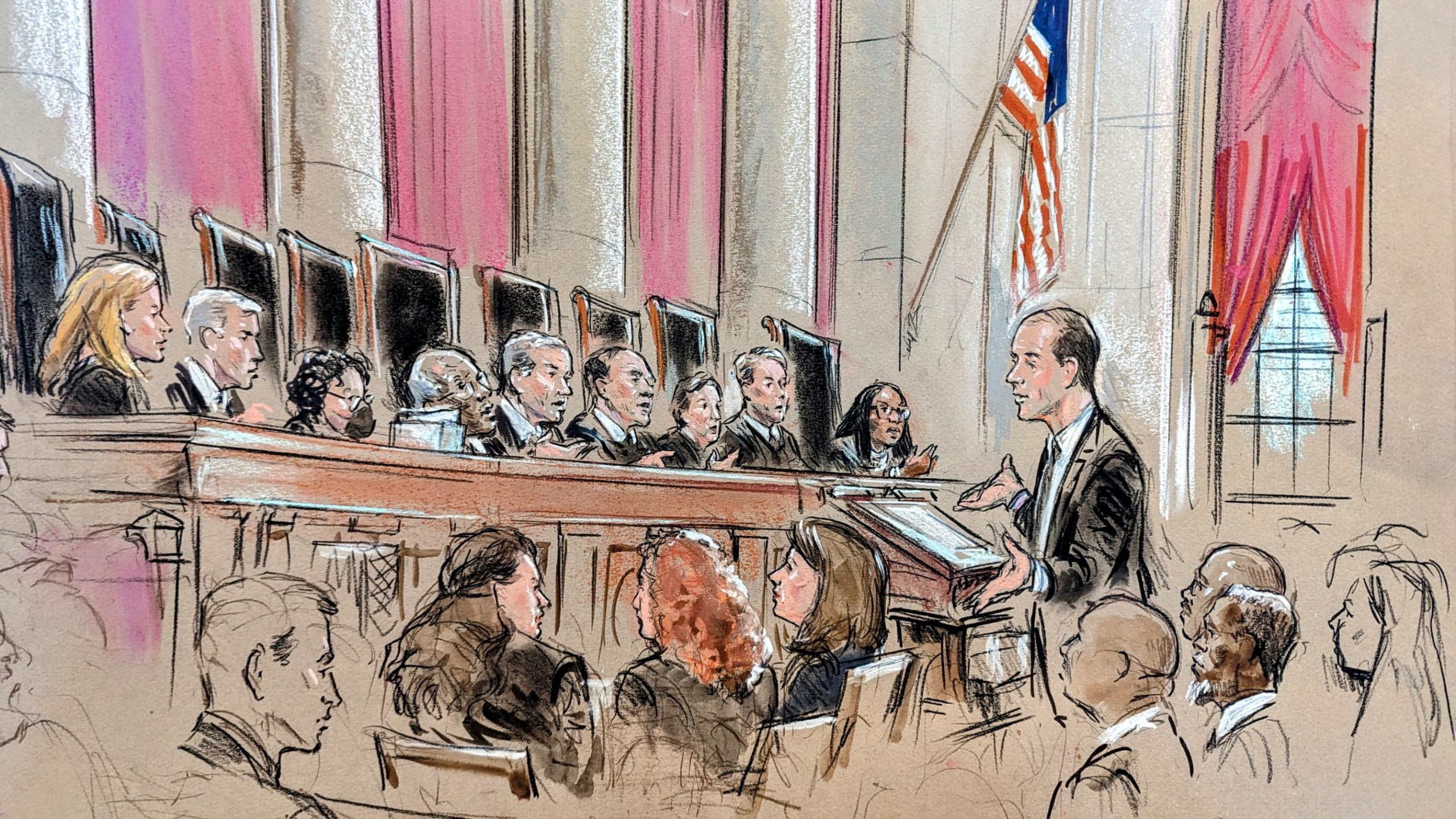New York’s updated concealed-carry law returns to the court
Petitions of the week
on Jun 4, 2024
at 8:22 pm
The Petitions of the Week column highlights some of the cert petitions recently filed in the Supreme Court. A list of all petitions we’re watching is available here.
Last January, the Supreme Court refused to disturb an order by the U.S. Court of Appeals for the 2nd Circuit that temporarily allowed New York to enforce a new concealed-carry law while multiple challenges to the law proceed. Justice Samuel Alito, joined by Justice Clarence Thomas, wrote separately that the challengers return to the Supreme Court if the court of appeals did not move quickly to resolve the disputes. That dispute is now back before the court. This week, we highlight petitions that ask the court to consider, among other things, whether the 2nd Circuit’s decision in December granting the state an early-stage victory in the litigation ran afoul of the Second Amendment.
When the Supreme Court struck down New York’s prior concealed-carry law two years ago in New York State Rifle & Pistol Association v. Bruen, the landmark ruling shifted the Second Amendment landscape. Going forward, the justices ruled, restrictions on guns can only stand if there is evidence of similar regulations in our nation’s history and tradition. But the court did not specify exactly what history courts must look to.
In response to the Bruen decision, New York Gov. Kathy Hochul convened an emergency legislative session to enact a new law, the Concealed Carry Improvement Act of 2022.
While the New York law invalidated by the Supreme Court had required gun owners to demonstrate “proper cause” for a concealed-carry permit, the CCIA limits permits to individuals of “good moral character.” To meet that standard, gun owners must attend a hearing with a licensing official and share a host of personal information. The CCIA also restricts where licensed owners can carry concealed guns. It categorically forbids them in “sensitive” places like schools, churches, and hospitals, and it limits them on private property if the owner has not expressly allowed them.
Several groups of gun owners went to federal district courts in New York, seeking to prevent the CCIA from going into effect. They argued that the state simply ignored Bruen when passing the new law because it is equally unmoored from any history or tradition of gun regulation.
Agreeing with the challengers, the lower courts put different parts of the law on hold. New York Attorney General Letitia James then asked the 2nd Circuit to reinstate the law while the litigation proceeds, and the court of appeals granted her request. When the Supreme Court rebuffed the challengers’ effort to again suspend the CCIA last January, the 2nd Circuit grouped the lawsuits together on an expedited schedule for oral argument last March.
In December, the court of appeals issued a 261-page decision narrowing the lower court decisions that had put the CCIA on hold. Emphasizing that it was weighing in at a “very early stage” of the litigation, the 2nd Circuit ruled that the challengers are likely to succeed in arguing that the provision of the law allowing concealed guns on private property that is open to the public only if the property owner has affirmatively agreed to the guns violates the Second Amendment. Noting that the provision would apply to most of the land in New York, the court of appeals dismissed the state’s attempt to tie this provision to 18th-century bans on hunting on private lands, reasoning that the CCIA’s aim of public safety is not analogous to poaching.
However, the 2nd Circuit lifted the portions of the lower-court rulings that had invalidated much of the rest of the CCIA: the restrictions on bringing guns on private property that is not open to the public, the bans on guns in “sensitive” locations, and the bulk of the “good moral character” requirement. In doing so, the court concluded that a range of post-Civil War gun regulations cited by the state might provide historical grounding for these other provisions. It then sent the cases back to the district courts for further proceedings.
In Antonyuk v. James, one set of challengers, led by New York resident and concealed-carry permitholder Ivan Antonyuk, asks the justices to grant review and reverse the 2nd Circuit’s ruling in the ongoing litigation. They argue that the proper time period for Bruen’s “history and tradition test” is the late 18th century — when the Second Amendment was ratified — rather than the late 19th century — when the 14th Amendment was ratified after the Civil War, thus extending protections on the right to bear arms against instrusion by the states. This question is “outcome-determinative,” the challengers contend, because if it had looked only to the late 18th century, the 2nd Circuit “would have been forced to admit that no historical tradition exists” for the CCIA.
A list of this week’s featured petitions is below:
Allstates Refractory Contractors, LLC v. Su
23-819
Issue: Whether Congress’s delegation of authority to the Occupational Safety and Health Administration to write “reasonably necessary or appropriate” workplace-safety standards violates Article I of the U.S. Constitution.
Antonyuk v. James
23-910
Issues: (1) Whether the proper historical time period for ascertaining the Second Amendment’s original meaning is 1791, rather than 1868; and (2) whether New York’s Concealed Carry Improvement Act permissibly requires “the people” to convince government officials of their “good moral character” before exercising their Second Amendment right to bear arms in public.
Sunoco LP v. City and County of Honolulu, Hawaii
23-947
Issue: Whether federal law precludes state-law claims seeking redress for injuries allegedly caused by the effects of interstate and international greenhouse-gas emissions on the global climate.
Shell PLC v. City and County of Honolulu, Hawaii
23-952
Issues: (1) Whether claims seeking damages for the effects of interstate and international emissions on the global climate are beyond the limits of state law and thus preempted under the federal Constitution; and (2) whether the Clean Air Act preempts state-law claims predicated on damaging interstate emissions.






